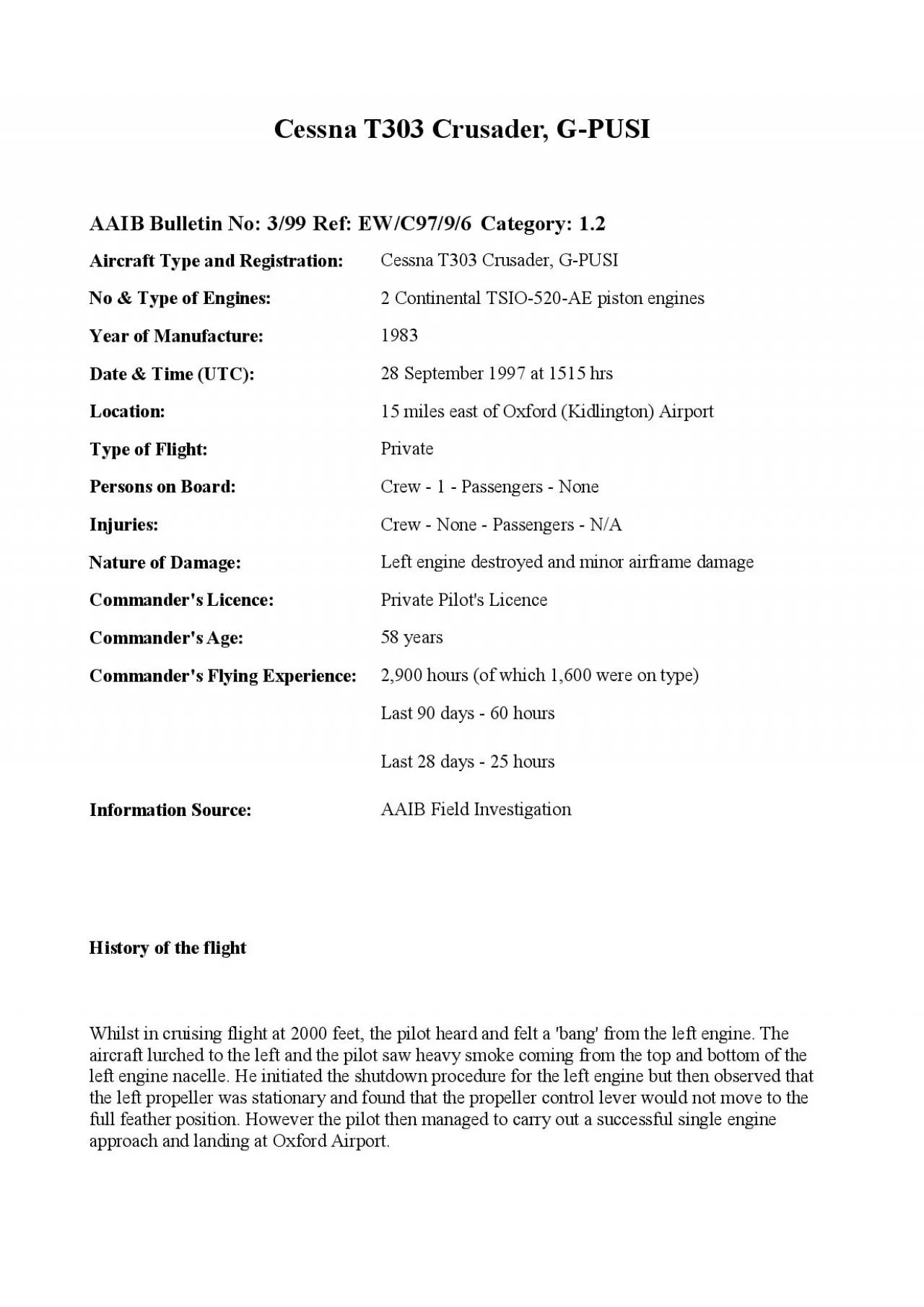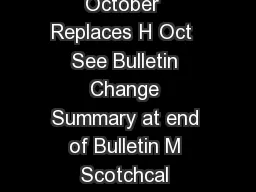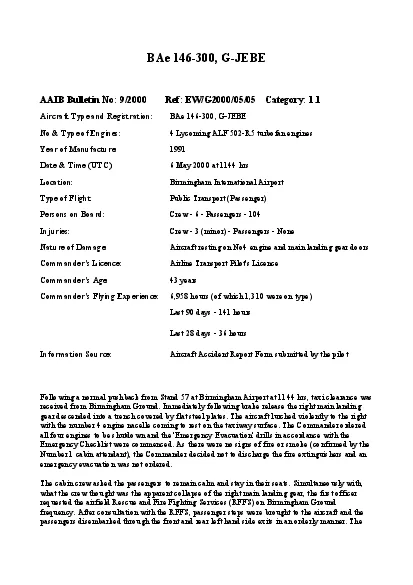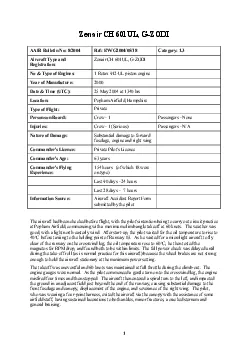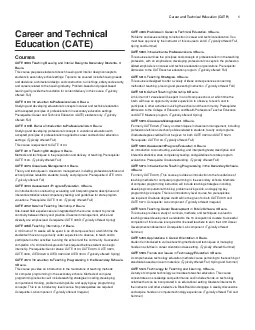PDF-Cessna T303 Crusader GPUSI AAIB Bulletin No 399 Ref EWC9796 Cate
Author : brianna | Published Date : 2021-09-13
Strip examination of the left engine The engine which had accumulated 167 hours and 40 minutes over 233 flights sectors since overhaul was shipped by an aircraft
Presentation Embed Code
Download Presentation
Download Presentation The PPT/PDF document "Cessna T303 Crusader GPUSI AAIB Bulletin..." is the property of its rightful owner. Permission is granted to download and print the materials on this website for personal, non-commercial use only, and to display it on your personal computer provided you do not modify the materials and that you retain all copyright notices contained in the materials. By downloading content from our website, you accept the terms of this agreement.
Cessna T303 Crusader GPUSI AAIB Bulletin No 399 Ref EWC9796 Cate: Transcript
Download Rules Of Document
"Cessna T303 Crusader GPUSI AAIB Bulletin No 399 Ref EWC9796 Cate"The content belongs to its owner. You may download and print it for personal use, without modification, and keep all copyright notices. By downloading, you agree to these terms.
Related Documents

